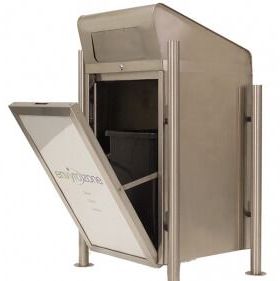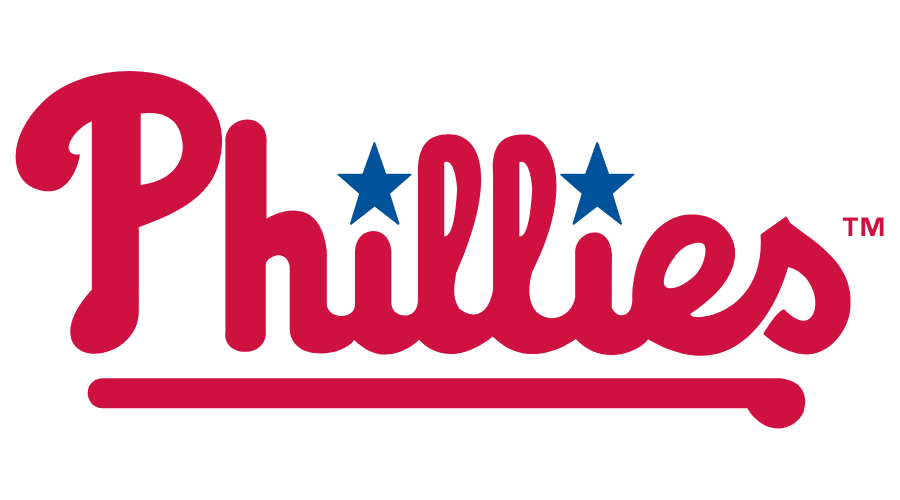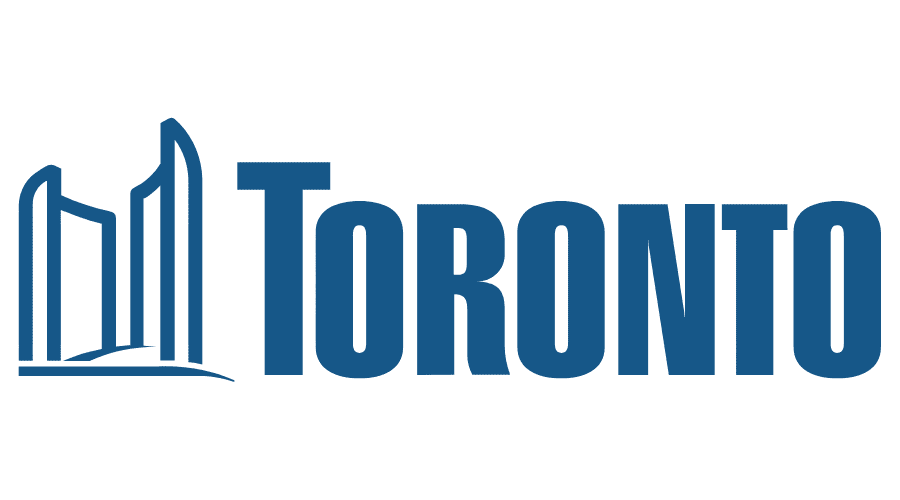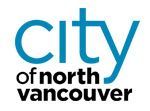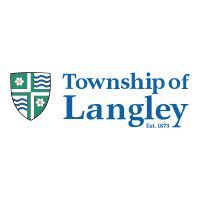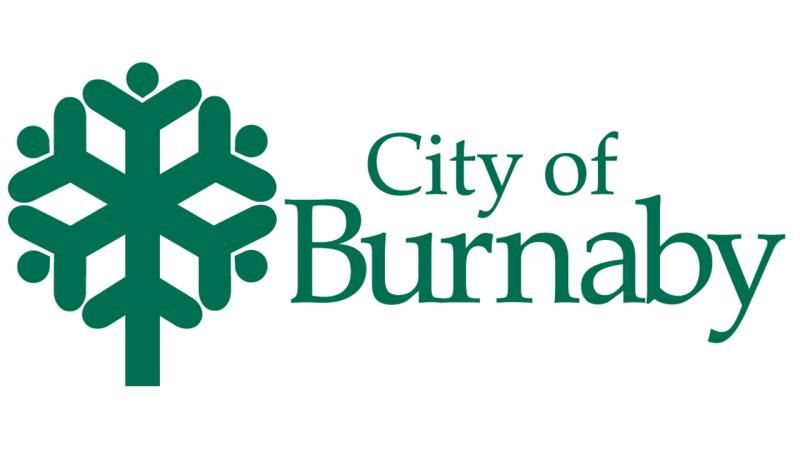Sustainable Waste Management Bins for Eco-Friendly Businesses
Across Canada, sustainability has become something we all expect, from our clients to our communities and team members. It is not just about big promises around net-zero goals that make the news. What really matters are the simple everyday choices we make. One of those choices is the type of waste management bins we use. When we pick well-designed and future-ready options, we not only manage costs better but also build a stronger image and support our provinces in reaching their recycling and diversion goals. That is how we do our part and move forward together.
Materials That Match Your Missions
A greener bin starts with the right building blocks. Our catalogue features materials picked with care for the Canadian climate and for keeping things in the loop, not the landfill:.
01
Recycled Stainless Steel
Up to 90 percent recycled content and strong corrosion resistance make it a solid choice for seacoast cities like Halifax. When it reaches the end of its life, the steel goes straight back into recycling instead of a landfill.
02
Marine Grade Aluminum
Lightweight, rustproof, and made with a lower carbon footprint, it works well for boardwalks, stadium paths, and anywhere that sees heavy freeze and thaw.
03
Post Consumer HDPE
Think milk jugs turned into tough bin bodies. The UV-stable colour stays bright through prairie summers and northern winters.
04
Powder Coated Cold Rolled Steel
A solid matte finish that skips the VOCs found in wet paint. It stands up to salt, slush, and the odd knock from a snowplow.
05
FSC Certified Timber and Bamboo Accents
Fast-growing woods bring a natural warmth to places like boutique hotels or wellness spaces looking for a softer touch.
By choosing recycled and renewable materials from the start, we lower our impact on the environment from day one and make sure our bins can go back into use again when the time comes.
Certifications: Proof You’re Serious
Claims are easy to make; third-party stamps speak volumes during tender reviews or ESG audits. When we spec bins, we ask suppliers to provide:
- Cradle to Cradle Certified® paperwork confirming safe materials and circular design.
- ISO 14001 credentials showing there's a proper environmental system running at the factory.
- CSA Group compliance (or UL equivalents) to make sure the bins are tough and meet fire-safety standards used in Canada.
- LEED v4.1 Contribution Sheets outlining post-consumer content and low-emitting finishes — great for architects chasing Materials and Resources points.
- Low-carbon product declarations that show the embodied carbon, which is being asked for more often in provincial Buy Clean programs.
Not every project needs all of these, but the more we check off, the easier it is for facility managers and sustainability leads to move things forward.
By choosing recycled and renewable inputs, we cut down carbon right from day one and make sure the material can be used again later on.
Human-Centered Design Drives Diversion
A sustainable bin is worthless if people miss the opening or dump organics in the wrong slot. We look for these user-friendly cues:
Colour-coded streams (blue, green, and grey/black) matching national and municipal guidelines.
Intuitive apertures — round for bottles, narrow slots for paper, and front-loading doors for organics.
Clear bilingual labelling in English and French, with simple icons for universal understanding.
Modular bodies that let us reorder or add streams as recycling regulations evolve.
Ergonomic servicing features like rigid liners on smooth glides, foot pedals for hands-free use, and lockable doors that protect contents from raccoons or curious passers-by.
Such small touches go a long way in reducing contamination, saving on hauling costs, and improving diversion rates. That’s why we count on eco-friendly recycling containers to keep sorting simple and efficient across places like Toronto.
How the Right Bin Helps Canada’s Green Initiatives
Better Diversion, Fewer Emissions
When our signs and slots are clear and simple, people sort their waste the right way. That helps us recover more paper fibre, plastic bottles, and food waste. It also means less methane from landfills and a boost for our local recycling efforts.
Leaner Hauling
Strong and well-sized bins, some with solar-powered compactors, help cut down how often trucks need to collect waste. Fewer trips mean we use less diesel and enjoy cleaner air across our cities, including places like Toronto.
Circular-Economy Momentum
Every time we use recycled steel or plastic, we show there’s a demand for it. That encourages more processors to turn yesterday’s waste into tomorrow’s useful products. Together, we keep the cycle going strong.
Step-by-Step Roll-Out Plan
- Audit Your Streams – We spend a week checking and tracking what leaves our cafeteria, shipping area, and office floors.
- Pick Target Numbers – For example, we set a goal like 70 percent diversion by 2027. We make it public so everyone stays on track together.
- Design Bin Stations – We map out busy spots and place bins for landfill, fiber, beverages, and organics where they’re needed.
- Specify Materials + Certs – We ask for the right documents during buying so there are no surprises later on.
- Launch With a Campaign – A fun sort-off brings attention to the program. We give out small prizes or coffee cards for correctly sorted waste in the first month.
- Monitor & Adjust – We check things every few months so we can make small changes like signs or bin openings before things get messy. That’s how we keep our sorting simple and smooth right here in Toronto.
Dollars and Sense
While high-quality bins cost more upfront, the payback shows up quickly:
01
Self-Closing Lids
Lower hauling fees from reduced pickups and contamination penalties.
02
Integrated Bag Hold-Down Rings
Longer lifespan thanks to rugged materials—we’re not replacing them every year.
03
Lockable Doors
Brand equity—visitors in Toronto associate tidy stations with professionalism and environmental care, which can help with lease renewals or tenant satisfaction.
We also get tax breaks for using bins made from recycled materials, so the return on investment gets even better.
Envyrozone: Canadian Craftsmanship in Action
For over twenty years, Envyrozone has partnered with municipalities, universities, malls, and transit authorities from Victoria to St. John’s. Key pillars of our approach:
- Made in North America to help lower shipping emissions while supporting local jobs.
- Custom-ready finishes to match civic wayfinding styles or corporate brand colours.
- Repair-friendly design so individual panels or lids can be replaced without throwing away the whole unit.
- Lifecycle support from the first waste audit to signage refresh kits and take-back help when it’s time to retire the bin.
We’ve built this start-to-finish approach to line up with what Canada’s doing through the Zero Plastic Waste plan and local recycling rules, and we’re proud to be part of it.
Explore Envyrozone’s lineup of eco-friendly recycling containers today and give your sustainability goals a solid, good-looking foundation—coast to coast and season after season.
